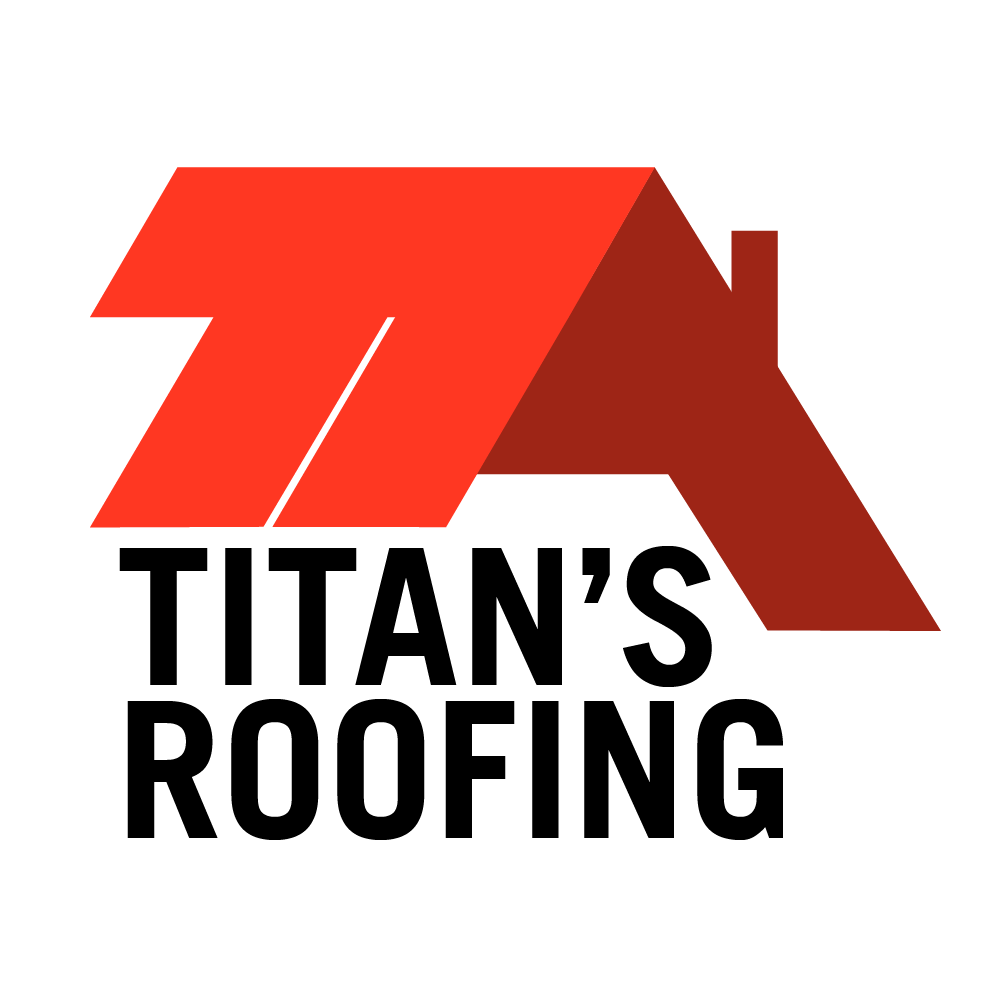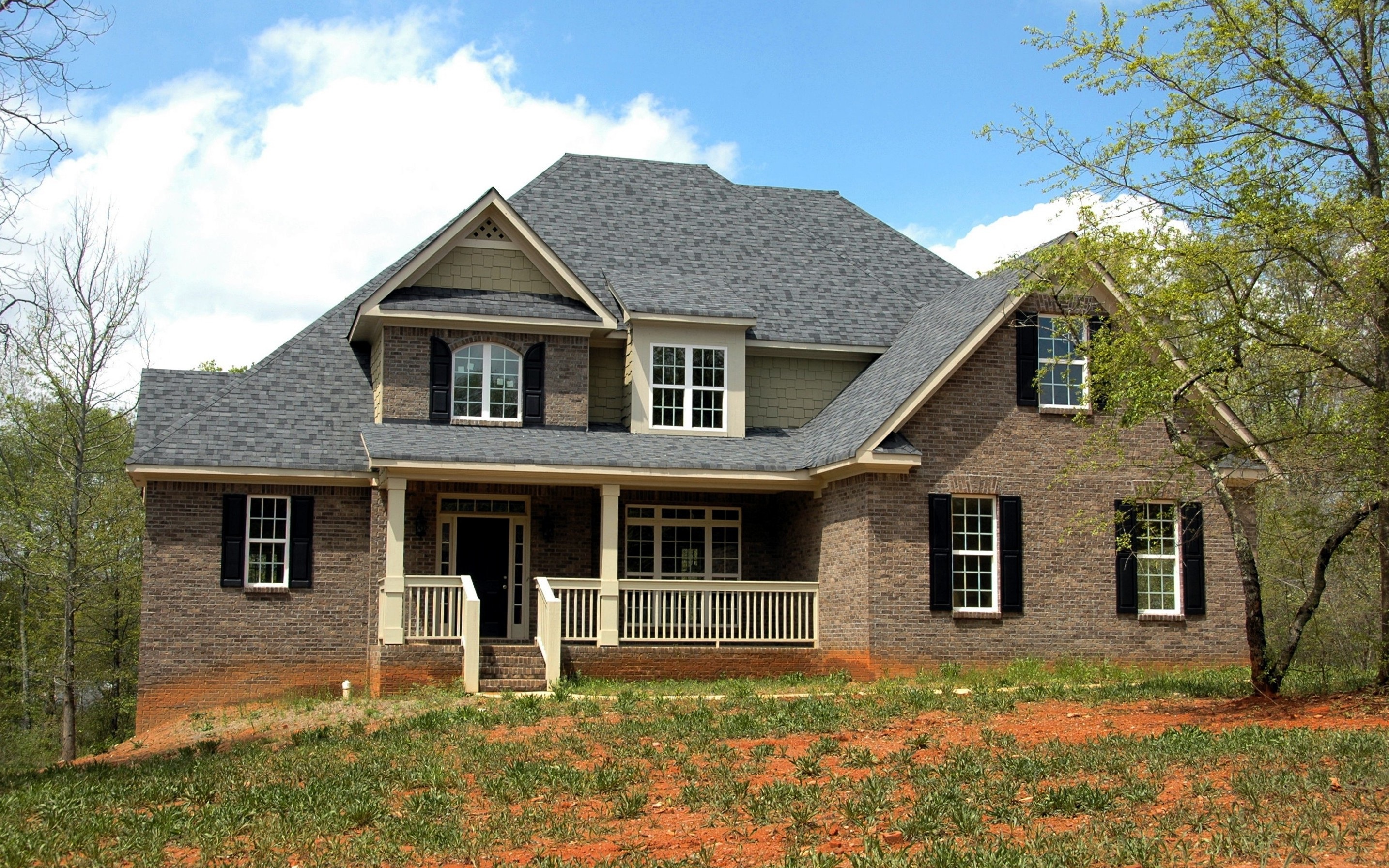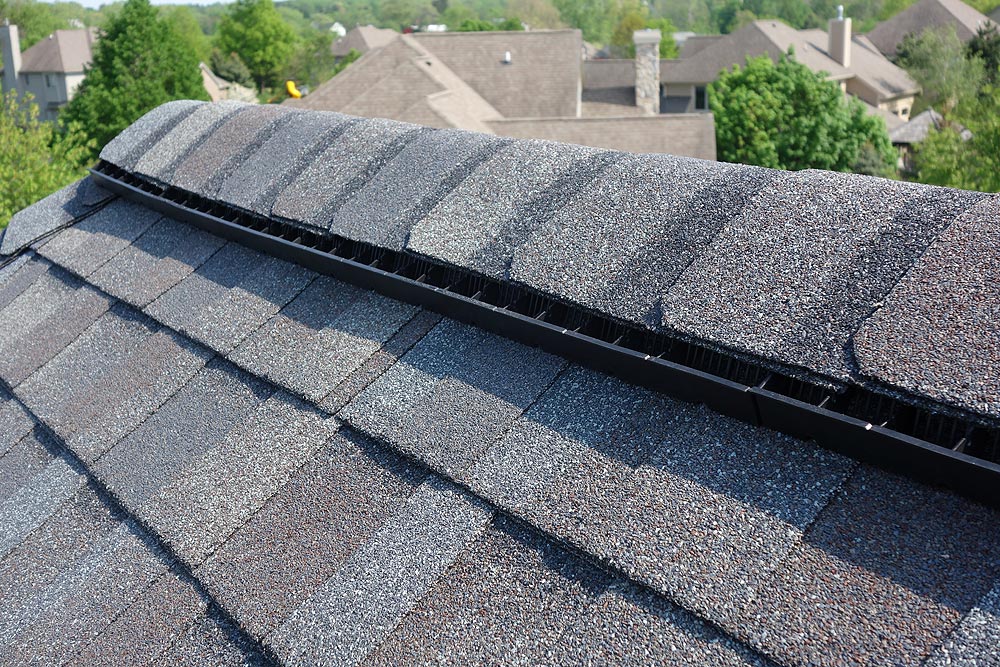In modern times, shingled roofs have become a common sight in most neighborhoods. They are known for their durability, longevity and aesthetic appeal. But where did this roofing material originate from? How has it evolved over time to become what we know today?
What are Shingles?
Shingles are roofing materials that consist of overlapping individual elements, typically rectangular in shape. These elements are commonly made from wood, asphalt, slate, metal or composite materials and are laid in rows starting at the bottom edge of a roof and working upwards.
The use of shingles as a roofing material can be traced back to early civilizations such as the Greeks and Romans. In these ancient times, shingles were made from wood, specifically cedar or pine. These wooden shingles were hand split and sawn into thin pieces before being laid on the roof.
The Rise of Asphalt Shingles
It wasn’t until the early 20th century that asphalt shingles became popular in North America. The use of asphalt as a roofing material was first introduced in the late 1800s, but it wasn’t until mass production techniques were developed that they became widely available.
Today, shingled roofs are predominantly made from asphalt or composite materials. These modern shingles offer improved durability, fire resistance and affordability compared to their predecessors. They are also available in a wide range of colors and designs, allowing homeowners to choose a shingle that best suits their personal style.
The Future: Advancements in Shingle Technology
As technology continues to advance, so does the development of shingles. Recent innovations include solar reflective shingles that help reduce energy costs and impact-resistant shingles for areas prone to severe weather. These advancements are not only making shingles more efficient but also more sustainable.
Conclusion
From its humble beginnings as wooden shingles to the modern, technologically advanced options available today, the evolution of shingled roofs has been quite remarkable. They have stood the test of time and continue to be a popular choice for homeowners looking for a durable and visually appealing roofing material. With ongoing advancements, it will be interesting to see what the future holds for shingled roofs. So next time you look up at your roof, take a moment to appreciate the history behind those overlapping individual elements that protect you and your home.



